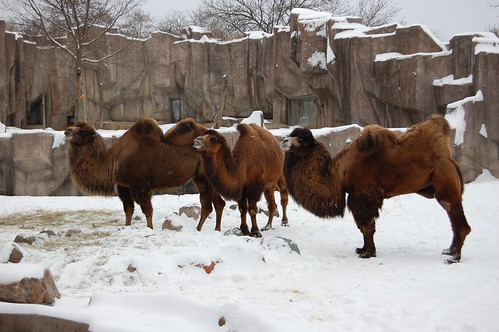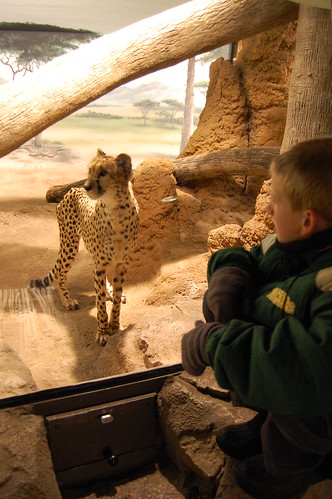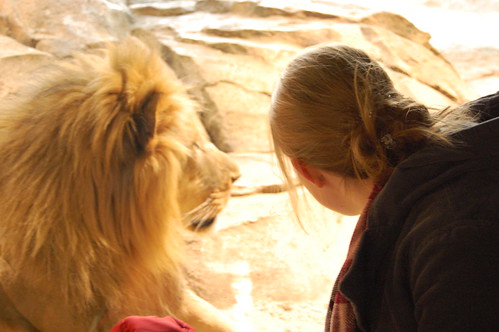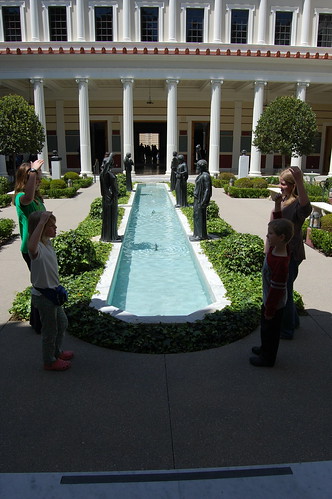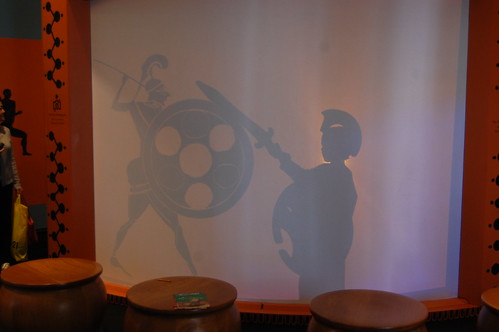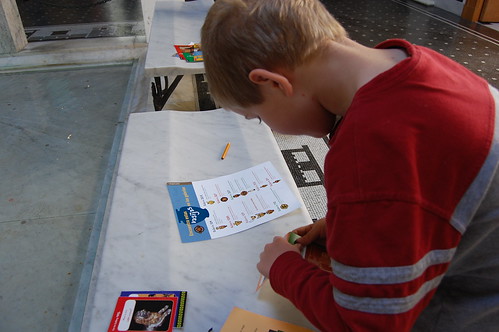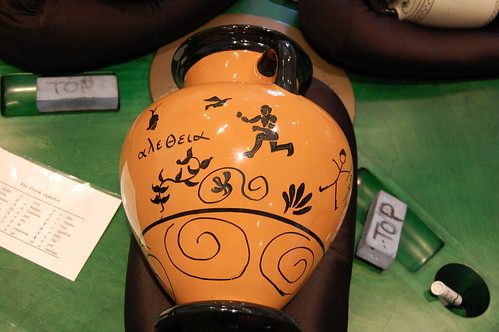As the Letterboxing America site states, "Letterboxing is an intriguing pastime combining navigational skills and rubber stamp artistry in a charming 'treasure hunt' style outdoor quest. A wide variety of adventures can be found to suit all ages and experience levels." It combines elements of orienteering and puzzle solving. Letterboxers hide small, weatherproof boxes in publicly-accessible places and distribute clues to finding the box in printed catalogs, on one of several web sites. Individual letterboxes usually contain a notebook and a rubber stamp. Finders make an imprint of the letterbox's stamp, on their personal notebook, and leave an impression of their personal stamp on the letterbox's "visitors' book" or "logbook" — as proof of having found the box and letting other letterboxers know who has visited.
The origin of letterboxing can be traced to England in 1854. A Dartmoor guide, James Perrot, placed a bottle for calling cards at Cranmere Pool on the northern moor at that time. He included his calling card so future visitors could contact him and leave their own calling cards. The tradition continued through the years. The modern variation of today's letterboxing is a great activity to pursue while you are traveling. It takes you to quaint off the beaten path locations and attractions you likely would miss otherwise. It's also a fun local adventure. You will often find bits of local history or lore you weren't aware of, experience new places to explore, and see familiar locations in a new light. Examples of places we've visited while letterboxing include the following.


You could learn about the geometry of bridge design and see one of the last eight pegram bridges left in the US (which ironically had been relocated here from my mom's hometown - she remembered it!)


In additon to finding the letterbox, you could accidently stumble upon some exciting nature find in the area - like a bull and cow moose. Had we not been off the interstate route, we would not have seen them.


You might be lead to some quirky small town art exhibit or have a chance to watch the night flight of a massive colony of bats emerging from under a bridge where they roost.
And you don't have to rely on finding boxes that are already placed. Anyone can create and hide a letterbox for others to find.

Figure out some location that might have some artistic, scientific, historical significance to your area and plant a letter box there. We have planted several including a series of boxes where my relatives live - along the Oregon Trail. It's a chance to learn more about a location in your area as well as share it with others who might happen upon the box in their adventures.
Some websites that offer information on how to get started letterboxing along with lists of clues for individual letterboxes by state can be found here.
Letterboxing North America
Atlas Quest
Letterboxing Info
You never know where a letterbox clue will lead you or what you might learn...



